When comparing "blockbuster" smartphones, a question that many people are interested in is which product has faster processing speed and longer battery life?
The iPhone 17 Pro Max and Galaxy S25 Ultra are two of the most high-end smartphones on the market today, considered to be typical representatives of the two iOS and Android platforms. Both products possess the most powerful configuration in the high-end segment.
While the Galaxy S25 Ultra is equipped with Qualcomm's high-end Snapdragon 8 Elite chip and is designed and optimized specifically for the Galaxy S25 product line; the iPhone 17 Pro Max is equipped with the new generation A19 Pro chip developed by Apple, which the "apple" confidently claims is the most powerful mobile chip on the market today.
The iPhone 17 Pro Max is considered to have a better processor because it was released later, while the Snapdragon 8 Elite chip was released last year. In addition, the iPhone 17 Pro Max is also equipped with NVMe standard storage, which in theory will provide faster random data retrieval speed than the UFS 4.0 memory standard used on the Galaxy S25 Ultra.

Compare detailed configuration of iPhone 17 Pro Max and Galaxy S25 Ultra duo (click on image to see large size).
The iPhone 17 Pro Max also has an advantage in processing speed and battery life because it has a lower screen resolution than the Galaxy S25 Ultra, which means it takes less time and consumes less battery when processing graphics.
So are those advantages enough to help the iPhone 17 Pro Max surpass the Galaxy S25 Ultra in the processing speed and battery life test? To find the answer, the YouTube channel PhoneBuff made two videos to compare the processing speed and battery life of the two products when running the same tasks.
iPhone 17 Pro Max compares processing speed with Galaxy S25 Ultra
To ensure fairness in its test, PhoneBuff used two specialized robotic arms to simultaneously open the same apps on the Galaxy S25 Ultra and iPhone 17 Pro Max.
Once an application is launched, the robot arm will perform a few tasks on that application, then automatically return to the smartphone's home screen to activate the next application and continue like that until it has run all 16 different applications in turn, including e-commerce applications, cameras, social networks, games, or office processing...
After activating all 16 pre-prepared applications, PhoneBuff will calculate the total time that both smartphones need to run and process all these applications.

The Galaxy S25 Ultra (right) takes less time to launch all 16 apps than the iPhone 17 Pro Max (left) (Image cut from clip).
The robotic arm will then start reactivating previously launched applications to test the multitasking speed on each product.
The final results show that the Galaxy S25 Ultra took 2 minutes and 2.59 seconds to launch all 16 apps for the first time, while the iPhone 17 Pro Max took 2 minutes and 16.18 seconds to do the same.
Notably, in round 2, the iPhone 17 Pro Max only needed 47.51 seconds to reopen all apps, while the Galaxy S25 Ultra took 49.53 seconds to do this.
However, winning round 2 was not enough to help the iPhone 17 Pro Max surpass its opponent in processing speed. In the end, the Galaxy S25 Ultra beat its opponent when it only needed a total of 2 minutes 52.12 seconds to complete the test, while the iPhone 17 Pro Max needed 3 minutes 3.69 seconds to complete.
Compare battery life between iPhone 17 Pro Max and Galaxy S25 Ultra
PhoneBuff continues to test battery life between high-end smartphones. In this test, PhoneBuff added the Pixel 10 Pro XL, Google's high-end smartphone, to compare battery life with the iPhone 17 Pro Max and Galaxy S25 Ultra.
Of the three models compared, the Pixel 10 Pro XL has the largest battery, with a capacity of 5,200mAh. The iPhone 17 Pro Max used by PhoneBuff for the test is the eSIM version, with a battery capacity of 5,088mAh, while the Galaxy S25 Ultra has a battery capacity of 5,000mAh.
All three products use processors built on the 3nm process, which in theory will help save energy equally. The iPhone 17 Pro Max has an advantage because of its lower resolution, which helps save more battery when operating.
To ensure balance when comparing battery life, all smartphone models are fully charged to 100%, screen resolution set to the highest level, with a 120Hz screen refresh rate.
The PhoneBuff channel then uses a robotic arm to automatically activate the same functions and applications on these smartphone models.
First, PhoneBuff put the smartphones through an hour-long call, but with the screen turned off, just like when you make a call on your smartphone. After the call ended, the battery on the Galaxy S25 Ultra was down to 96%, while the iPhone 17 Pro Max and Pixel 10 Pro XL were down to 99% and 98%, respectively.
Next, the smartphones were used to send and receive messages continuously for an hour. As a result, the batteries on all the smartphones decreased by another 5%.
PhoneBuff then used the trio of smartphones for everyday user tasks such as checking email, browsing the web, accessing e-commerce apps, social networks, etc., with each task lasting for one hour continuously.
At the end of these processes, the iPhone 17 Pro Max's battery dropped to 77%, while the Galaxy S25 Ultra and Pixel 10 Pro XL both had 73% battery.

Galaxy S25 Ultra (middle) is the phone that consumes the least battery when in standby mode (Photo cut from clip).
After the first battery consumption test, PhoneBuff will put these three smartphones on standby for 16 hours. After the standby time is over, the battery consumption of the iPhone 17 Pro Max drops to 67% (10% battery loss), the Pixel 10 Pro XL drops to 64% (9% battery loss) and the Galaxy S25 Ultra loses only 5% battery, down to 68%.
After a long wait, PhoneBuff continued to run the trio of smartphones through YouTube, gaming, Google Maps, Spotify, and Snapchat. Each application lasted for an hour before switching to the next application.
After running the list of applications, the robot arm will return to the main screen and reactivate the applications in the original order, until the battery on the smartphone models is completely exhausted and the power is turned off.
In the end, the Pixel 10 Pro XL died first, with a total runtime of 26 hours and 45 minutes and a screen-on time (actual usage time) of 10 hours and 45 minutes. The Galaxy S25 Ultra was the next to fall, with a total runtime of 27 hours and 50 minutes and a screen-on time of 11 hours and 50 minutes.
The iPhone 17 Pro Max won this test with a total operating time of 29 hours and 5 minutes and a screen-on time of 13 hours and 5 minutes, completely outperforming its competitors.
Battery life comparison between iPhone 17 Pro Max and Galaxy S25 Ultra (Video: PhoneBuff).
Of course, PhoneBuff 's tests are for reference only, because processing speed and battery life on smartphone models also depend on the user's actual usage.
Source: https://dantri.com.vn/cong-nghe/iphone-17-pro-max-do-toc-do-xu-ly-va-thoi-luong-pin-voi-galaxy-s25-ultra-20251007025943019.htm








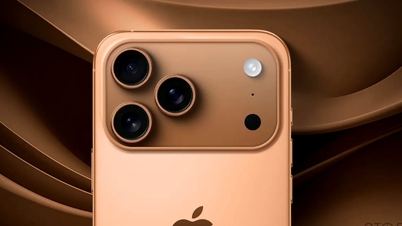
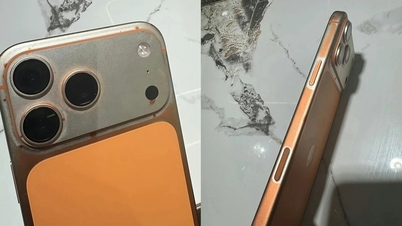
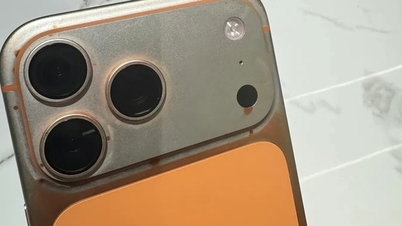


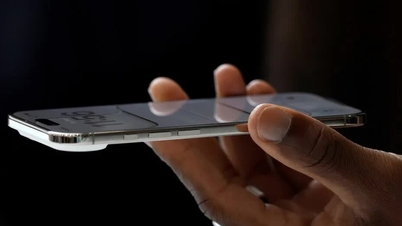

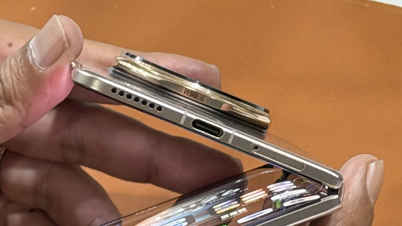

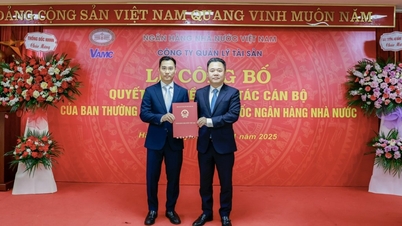

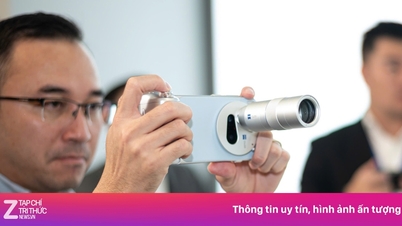


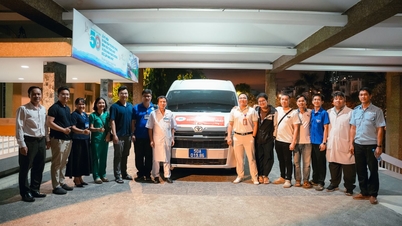










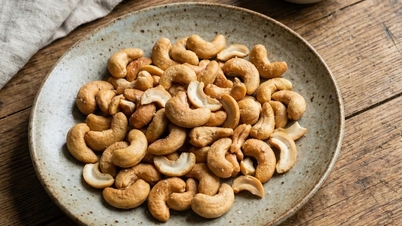






















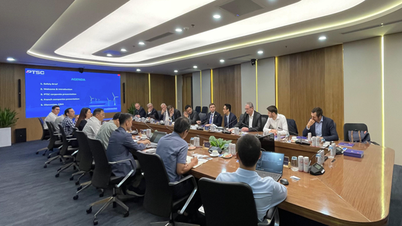


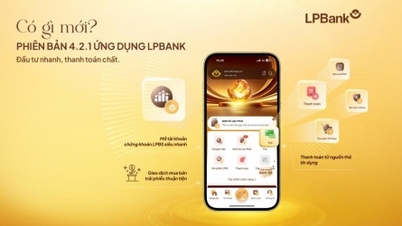

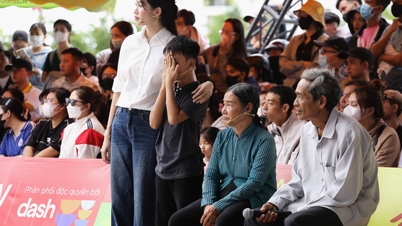





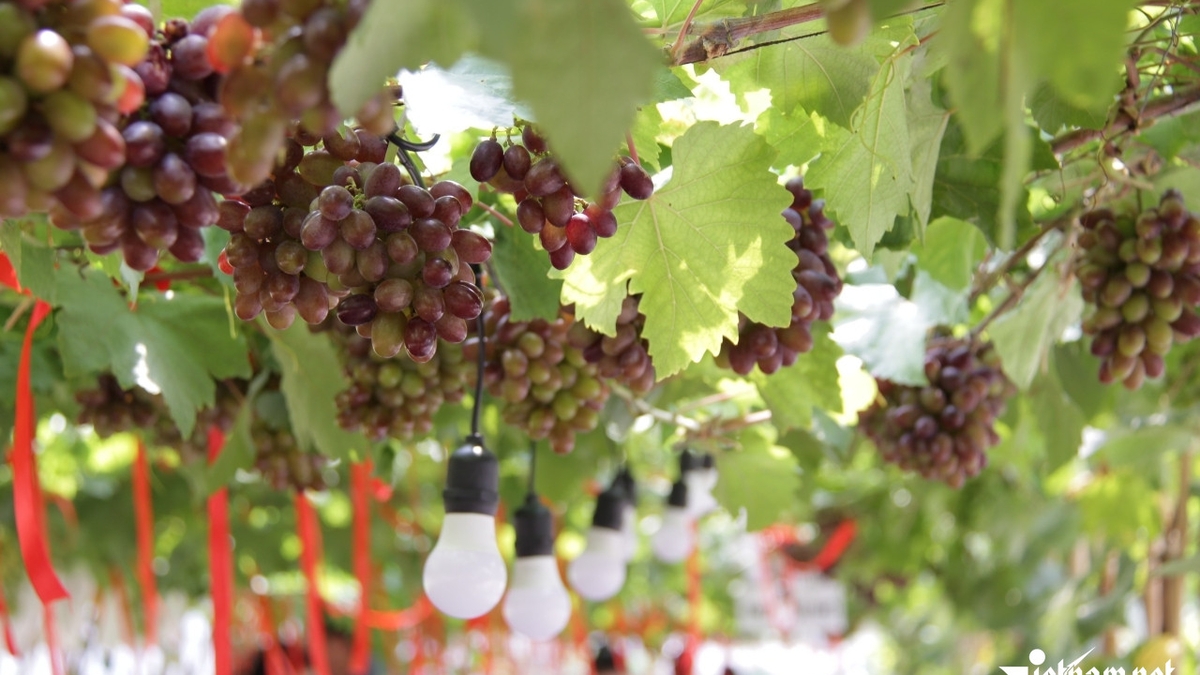


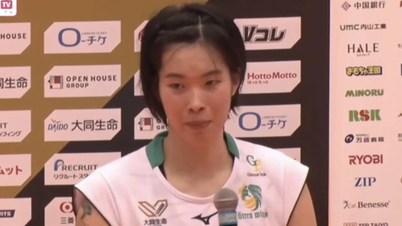






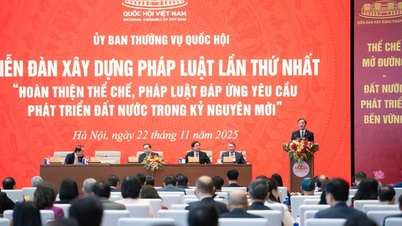



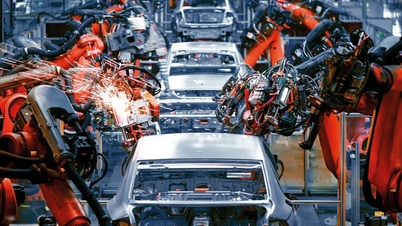





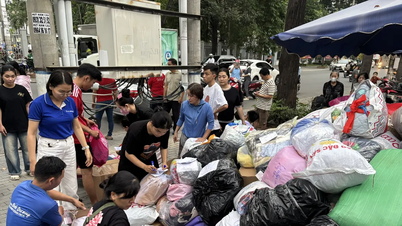






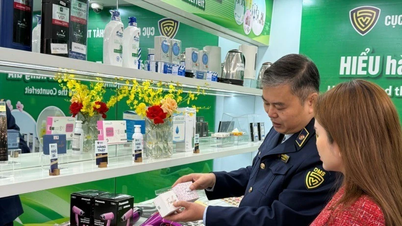

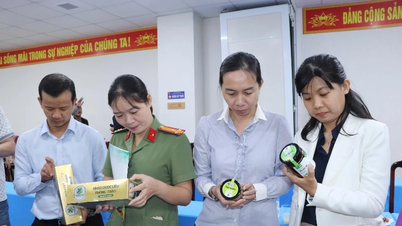










Comment (0)